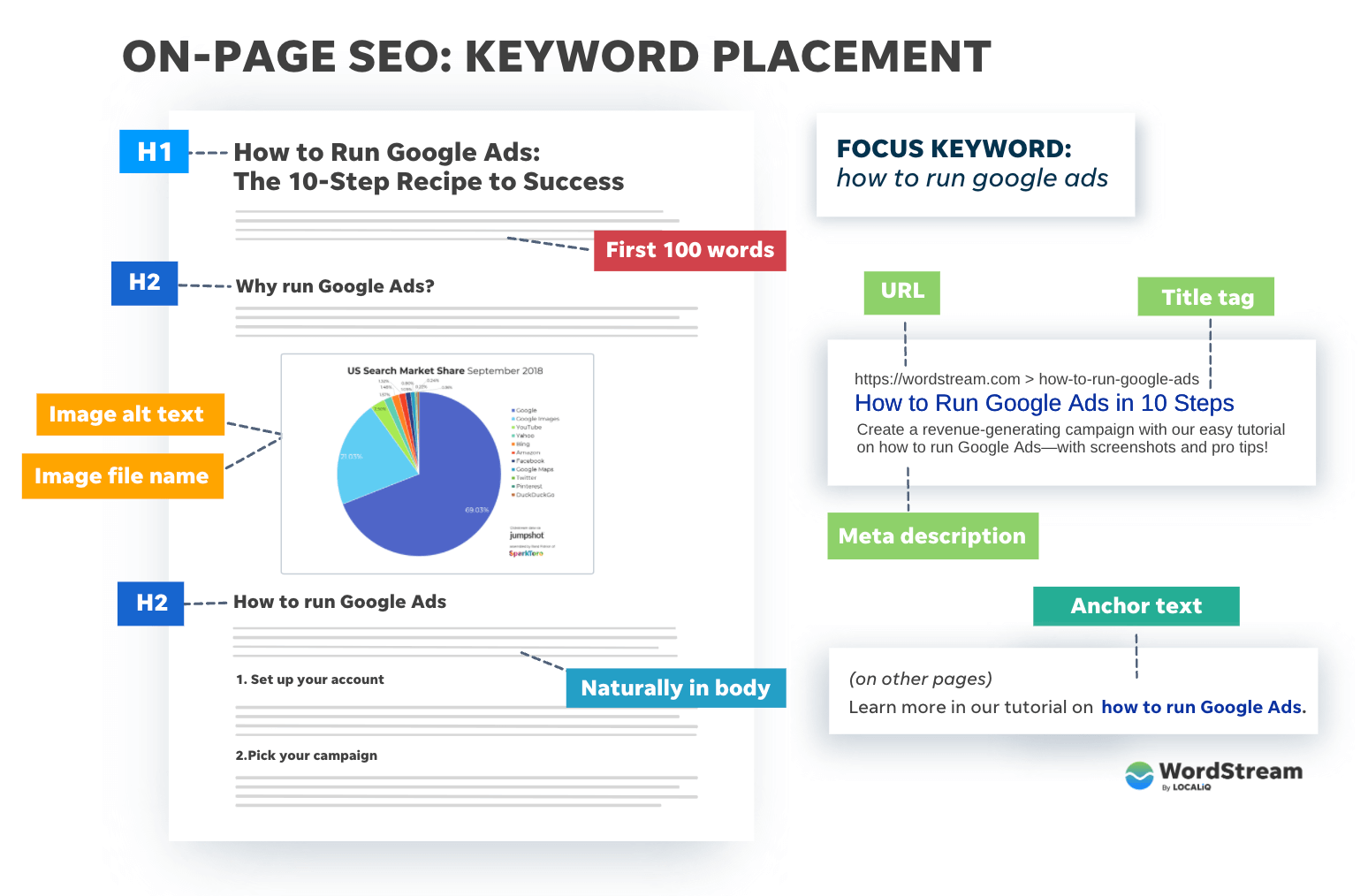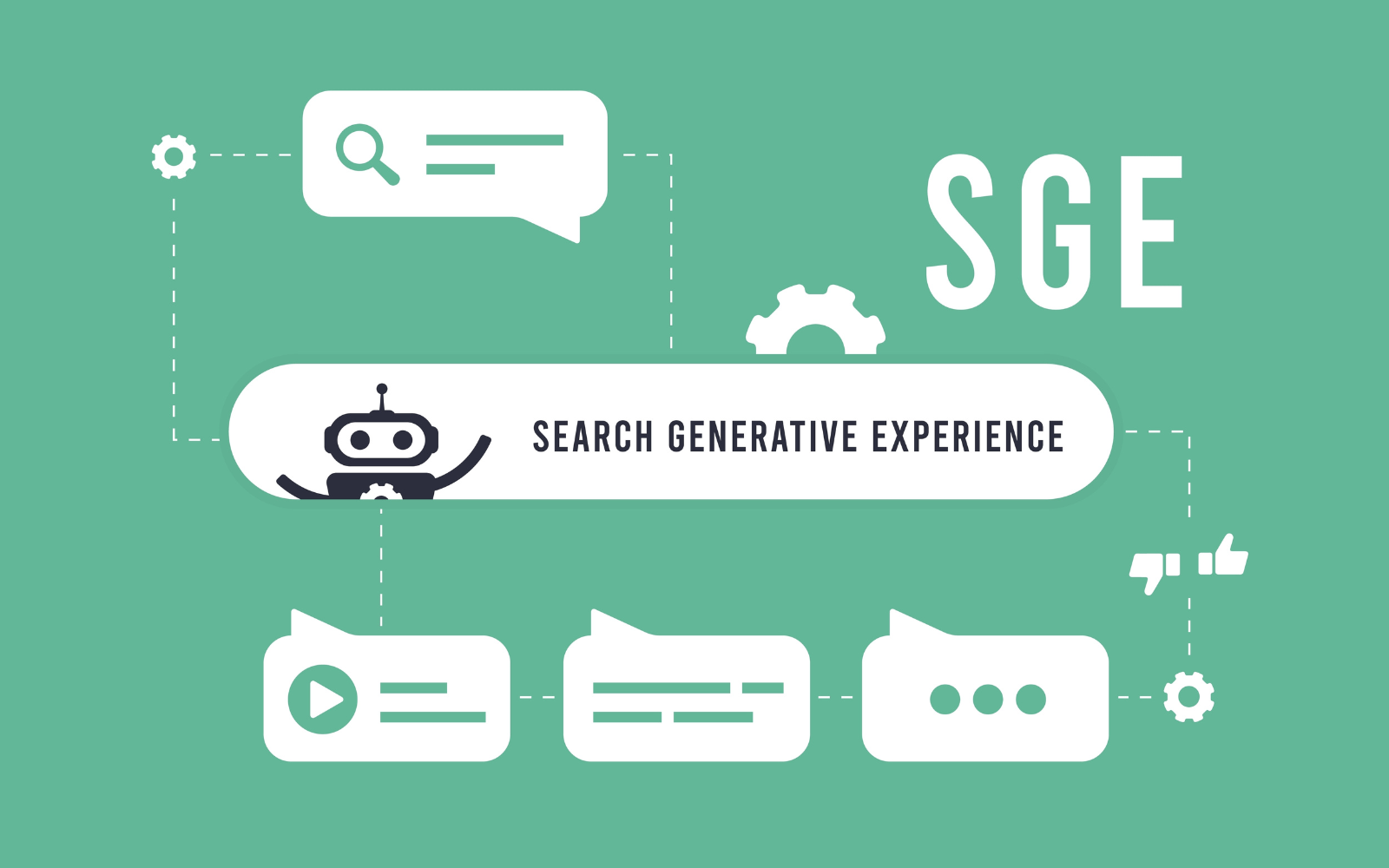Debunking Secondary Dimensions in Google Analytics: Interpretation and Practical Applications
Debunking Secondary Dimensions in Google Analytics: Interpretation and Practical Applications
Blog Article
Harnessing the Power of Secondary Measurement in Google Analytics to Refine Your Advertising Strategy and Drive Results
In the world of electronic marketing, the capability to make improvements techniques and attain substantial outcomes is critical for services making every effort to stay competitive in today's landscape. Leveraging the power of secondary measurements within Google Analytics opens up a realm of possibilities for marketing professionals looking for to acquire much deeper understandings into user habits and customize their campaigns with accuracy. By unearthing covert patterns and refining audience segmentation, services can craft targeted techniques that resonate with their customers on a profound level. The prospective to determine project efficiency with a granular lens additionally stresses the relevance of harnessing this tool to drive success.
Understanding Second Measurements
When evaluating data in Google Analytics, recognizing additional dimensions is crucial for getting deeper insights right into customer behavior and web site performance. Key dimensions give fundamental information such as the variety of individuals or sessions, however secondary measurements use a more thorough view by allowing customers to segment and assess data further. By adding a second dimension, online marketers can refine their evaluation and uncover valuable patterns that might have otherwise gone unnoticed.
Second dimensions in Google Analytics can be put on different metrics such as traffic sources, customer demographics, and behavior circulation. By combining the key dimension of 'landing web pages' with the second dimension of 'tool category,' marketing professionals can determine which gadgets are driving web traffic to specific landing pages (what is a secondary dimension in google analytics). This details can aid optimize internet site style and web content for better user experience across various devices
Analyzing Customer Actions Patterns
To efficiently comprehend customer actions patterns, a comprehensive analysis of data within Google Analytics is necessary. By diving right into user habits patterns, marketers can gain important insights into how visitors engage with their internet site, which web pages are most interesting, and where possible traffic jams or drop-off points may exist in the conversion funnel. Google Analytics provides a series of tools to evaluate user habits, such as habits flow reports, event monitoring, and objective funnels.
Habits flow records supply a graph of how individuals navigate through the site, revealing the most common courses customers take along with where they hand over. Event monitoring permits marketers to keep an eye on particular interactions on the website, such as button clicks or video sights, supplying a deeper understanding of user involvement. Goal funnels track the steps customers take towards completing a details goal, highlighting locations for renovation in the conversion process.
Enhancing Audience Division
Upon evaluating customer habits patterns, marketing professionals can additionally optimize their approaches by improving target market segmentation methods in Google Analytics. Audience segmentation enables the classification of site site visitors into details groups based upon different attributes such as demographics, habits, and passions. By using Google Analytics' secondary measurements, online marketers can improve these segments even further to get deeper insights right into their audience's actions and choices.
Enhancing audience segmentation makes it possible for online marketers to produce even more targeted and customized advertising and marketing campaigns. By determining distinct customer groups, online marketers can customize their messaging, material, and uses to far better resonate with each segment's special characteristics and needs. This level of personalization can dramatically boost engagement, conversion rates, and general advertising and marketing efficiency.
Additionally, via improved target market division, marketing professionals can much better understand the customer journey and enhance touchpoints along the path to conversion. By examining exactly how various sectors interact with the site and advertising channels, online marketers can recognize possibilities to boost customer experience, address discomfort factors, and inevitably drive more conversions. Generally, refining target market segmentation in Google Analytics is a powerful technique for taking full advantage of marketing efficiency and driving sustainable company growth.
Tailoring Marketing Campaigns
Marketers can maximize their marketing projects by tailoring web content and messaging to fit the distinct characteristics and needs of particular audience sectors. Customizing marketing projects includes producing customized experiences that resonate with various groups of consumers. By leveraging understandings from second measurements in Google Analytics, marketing experts can get a deeper understanding of their target market's habits, preferences, and demographics. This information permits the creation of targeted projects that speak straight to the passions and discomfort points of particular segments, increasing the chance of engagement and conversion.
With the analysis of secondary measurements such as web traffic sources, gadgets made use of, or geographic place, online marketers can adjust their messaging to be much more impactful and appropriate. For instance, an e-commerce business may uncover through Google Analytics that visitors from social media sites channels have a higher conversion price than those from organic search. Equipped with this expertise, the company can readjust its advertising and marketing strategy to focus extra on social media sites platforms to drive better outcomes. By customizing marketing campaigns click to read based on insights from secondary measurements, businesses can make the most of the efficiency of their initiatives and eventually drive much better ROI.
Gauging Project Performance

One critical aspect of measuring campaign efficiency is tracking conversions. By establishing objectives in Google Analytics, organizations can monitor particular actions taken by individuals as a result of the project, such as signing or making a purchase up for a newsletter. Understanding the conversion price and the conversion path can give important insights into the effectiveness of various marketing channels and messages.
In addition, examining metrics such as click-through rates, bounce rates, and session duration can aid marketing experts evaluate user engagement and the impact of the project on web site traffic. By integrating key metrics with additional dimensions in Google Analytics, businesses can improve their advertising and marketing methods, maximize campaign performance, and drive far better outcomes.
Conclusion
In verdict, using the power of second measurements in Google Analytics can offer valuable understandings into user habits patterns, improve audience division, tailor advertising and marketing campaigns, and measure project performance. By using this feature properly, services can refine their advertising and marketing techniques and drive better results. It is important for marketing experts to utilize the information available with secondary measurements to make informed choices and maximize their advocate optimal effect.

Report this page